Premium Solar DC Breakers
High-quality circuit protection for your solar power system
Types of Solar DC Breakers
Choose the right protection for your solar power system
DC Circuit Breakers
Protect your solar system from overloads and short circuits with our range of DC circuit breakers.
- Rated for DC voltage up to 1000V
- Current ratings from 10A to 250A
- Available in 2-pole and 4-pole configurations
Combiner Boxes
Combine multiple solar strings safely with integrated DC breakers and surge protection.
- Available in 3, 6, and 12-string configurations
- Weatherproof enclosures
- Integrated surge protection
Connectors & Accessories
Complete your solar installation with high-quality MC4 connectors and accessories.
- UV-resistant and weatherproof
- Easy to install and maintain
- Compatible with all standard solar cables
Solar DC Breaker Comparison
Compare different breaker types to find your perfect match
| Feature | Standard DC Breakers | Battery Breakers | Combiner Boxes |
|---|---|---|---|
| Voltage Rating | 550V - 1000V | 1000V | 1000V |
| Current Rating | 10A - 63A | 175A - 250A | 10A - 30A per string |
| Poles | 2 or 4 | 1 | Multiple (3-12 strings) |
| Protection | Overload & Short Circuit | Overload & Arc Protection | Overload & Surge Protection |
| Mounting | DIN Rail or Panel | Panel Mount | Wall Mount |
| Best For | PV String Protection | Battery Bank Protection | Multiple String Systems |
Our Solar DC Breaker Collection
Reliable circuit protection solutions from leading manufacturers

SUNTREE DC BREAKERS 550/63A – 2 POLE
Short circuit protection, overload protection; Rated working current to 63A; Maximum Voltage – 550VDC
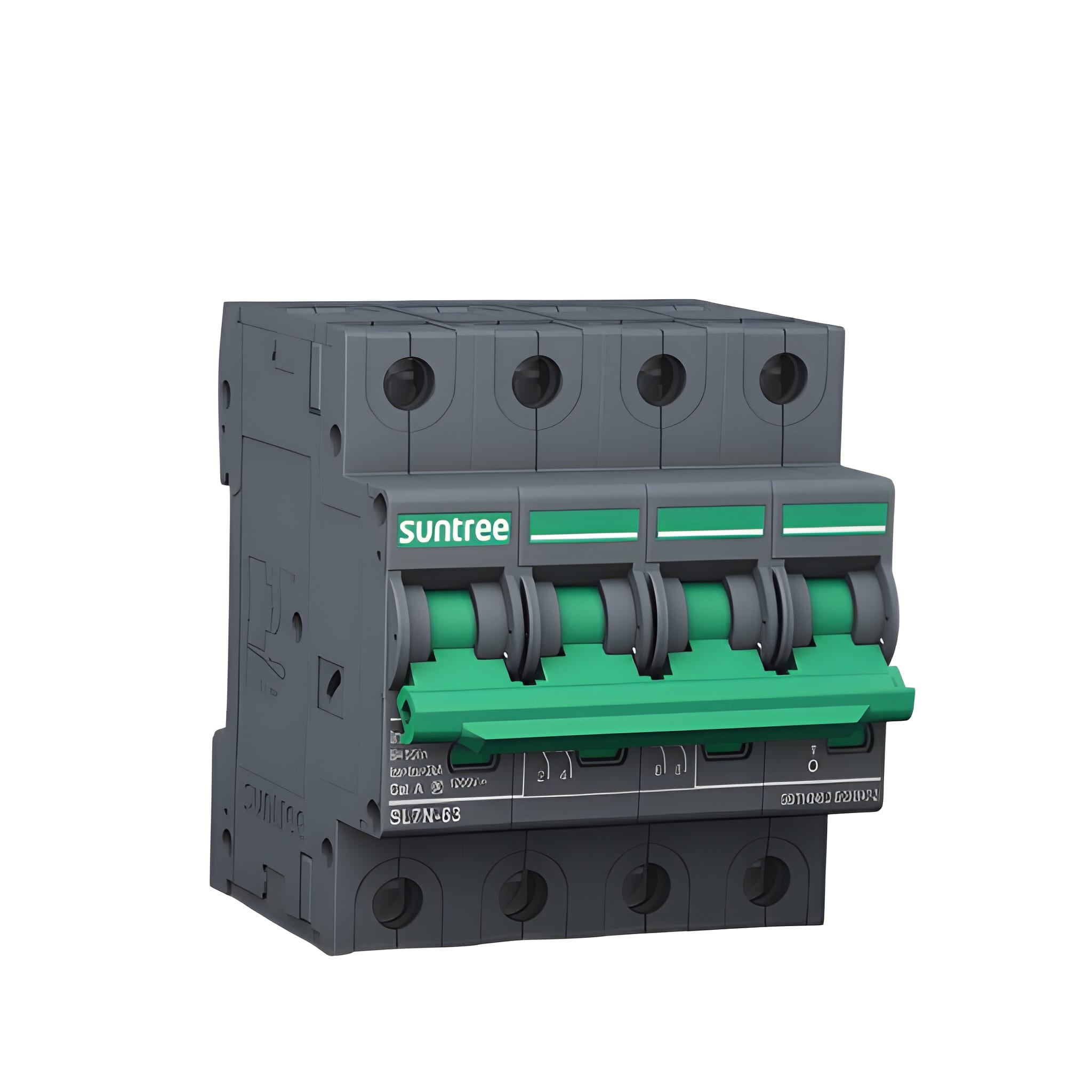
SUNTREE DC BREAKERS 1000/63A – 4 POLE
Short circuit protection, overload protection; Rated working current to 63A; Maximum Voltage – 1000VDC
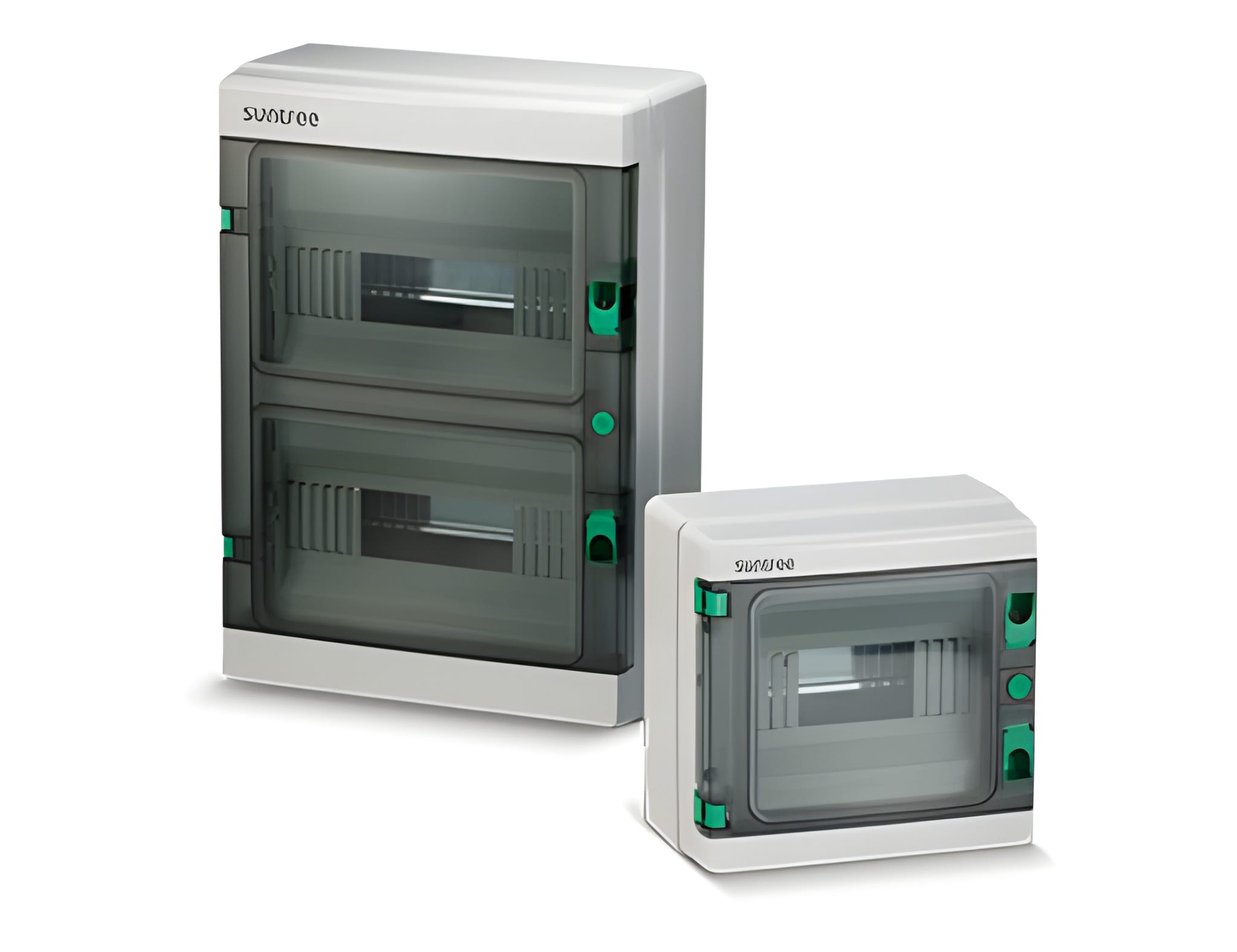
SUNTREE DC ENCLOSURE BOXES
Protective enclosure for DC breakers and electrical components

MIDNITE DC BREAKERS – DIN RAIL MOUNT
The breakers are polarized, meaning they are designed for specific polarity connections; DC Voltage rating – 150V
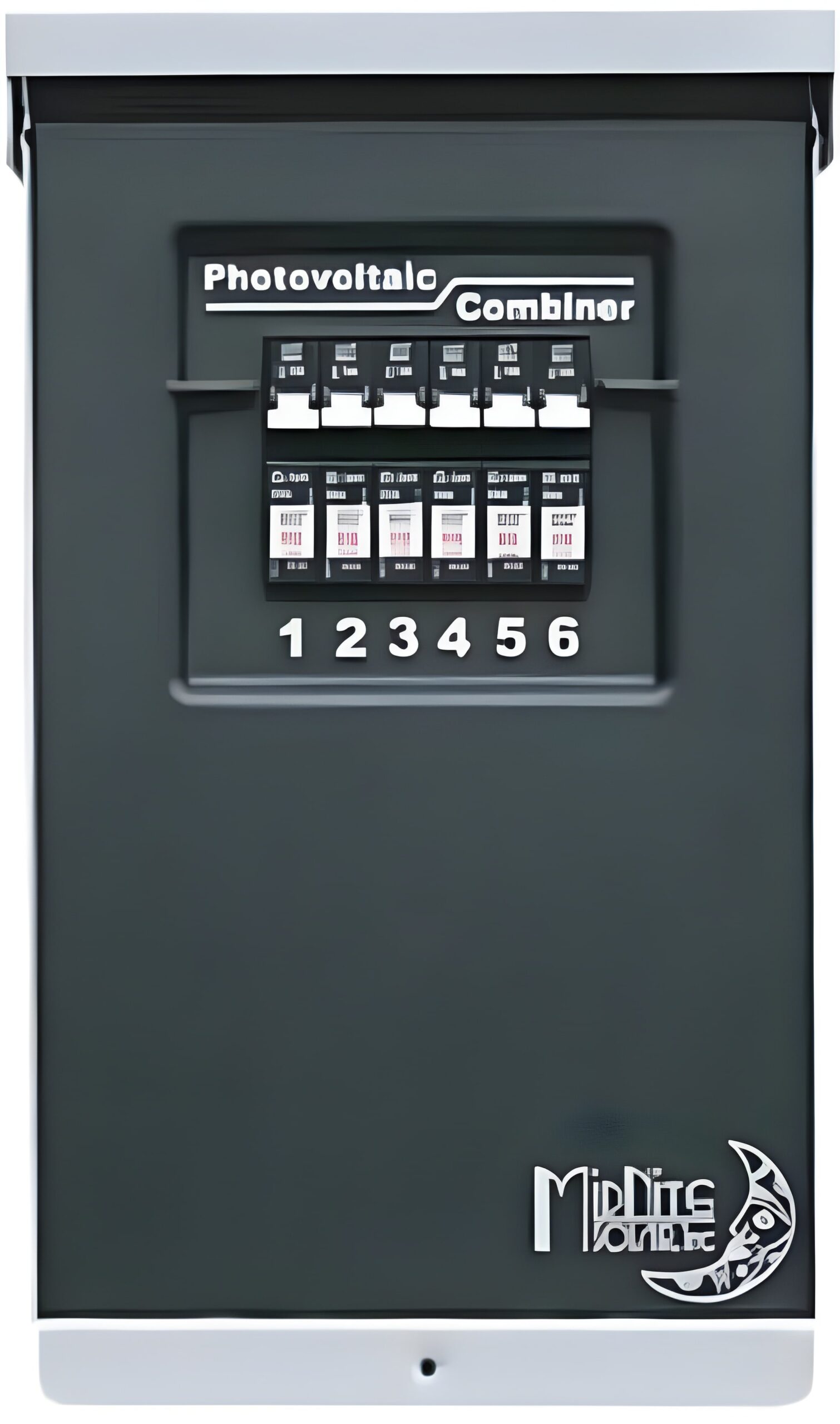
MIDNITE PV COMBINER BOXES – MPV3/ MPV6 / MPV12
Professional PV combiner boxes for solar array protection and management
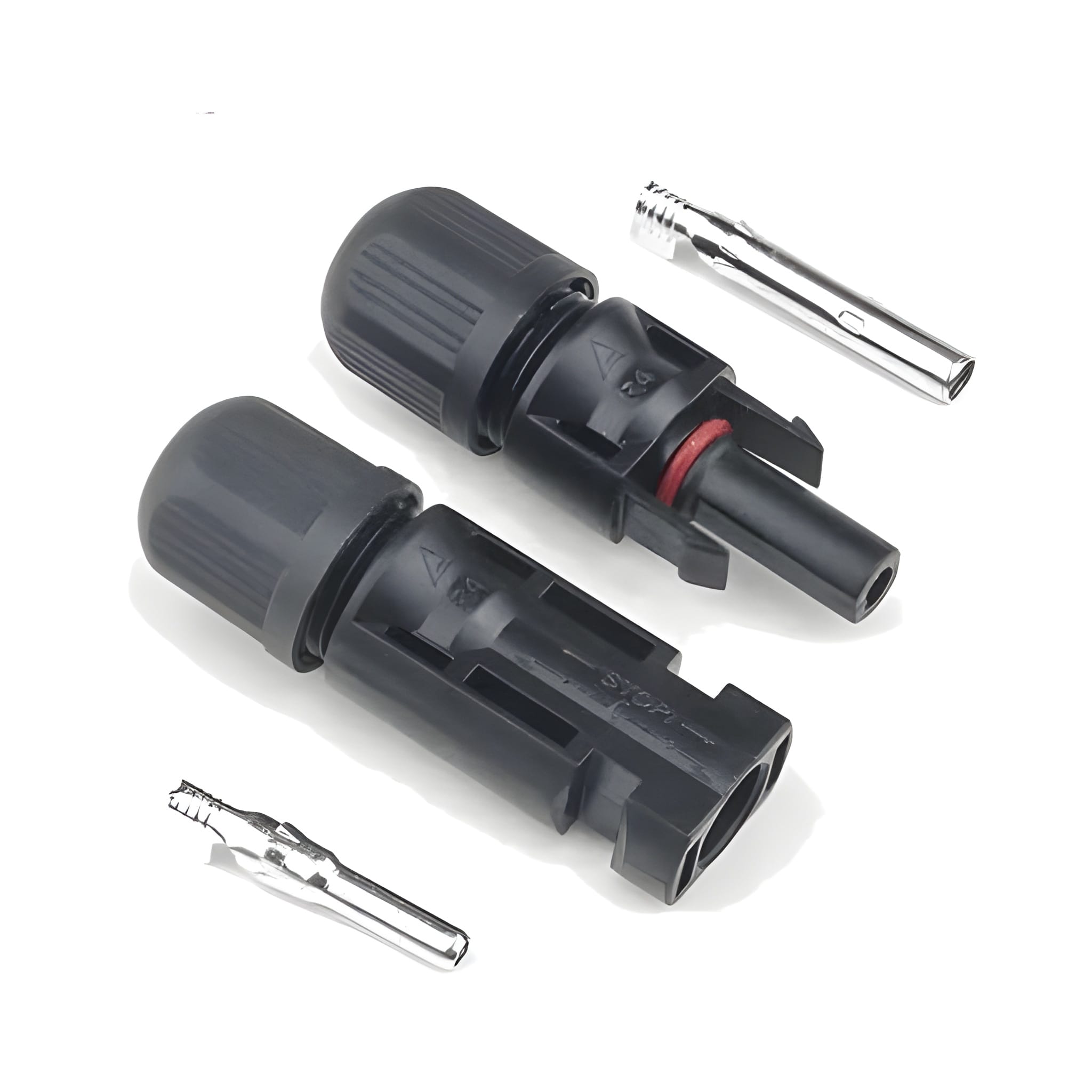
SOLAR MC4 CONNECTORS
Standard solar panel connectors for secure and weatherproof connections
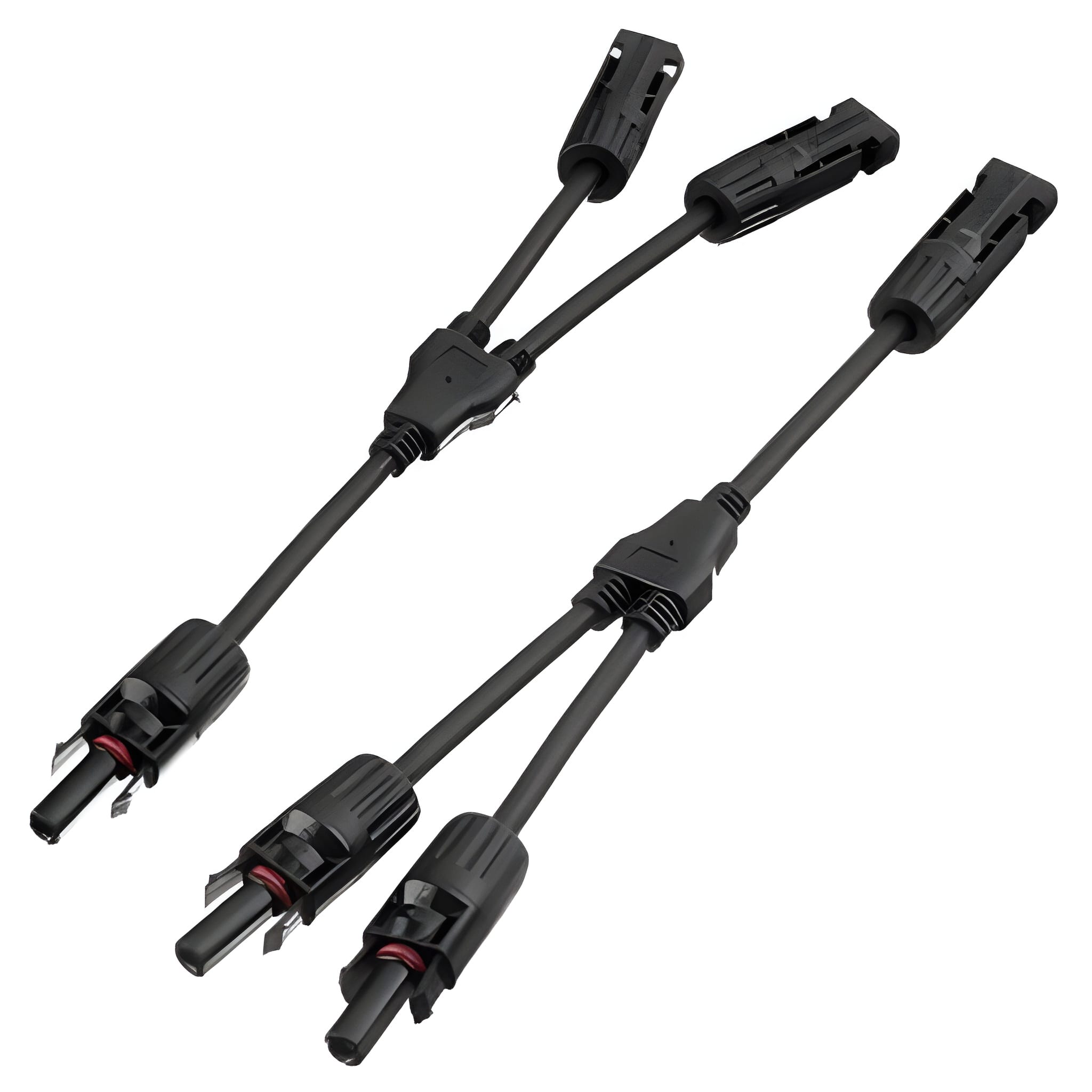
Y—MC4 CONNECTORS
Y-branch connectors for parallel connections in solar arrays
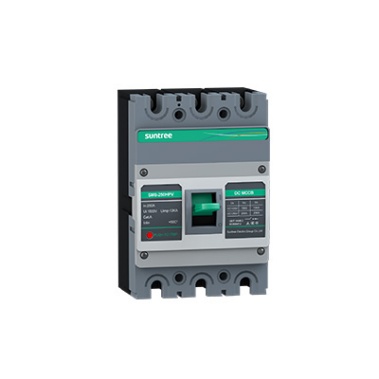
SUNTREE DC BATTERY BREAKERS
Prevent the spread of arcs in current surges; Overload long delays and shortcircuit protections; Voltage – 1000VDC; Current – 200A
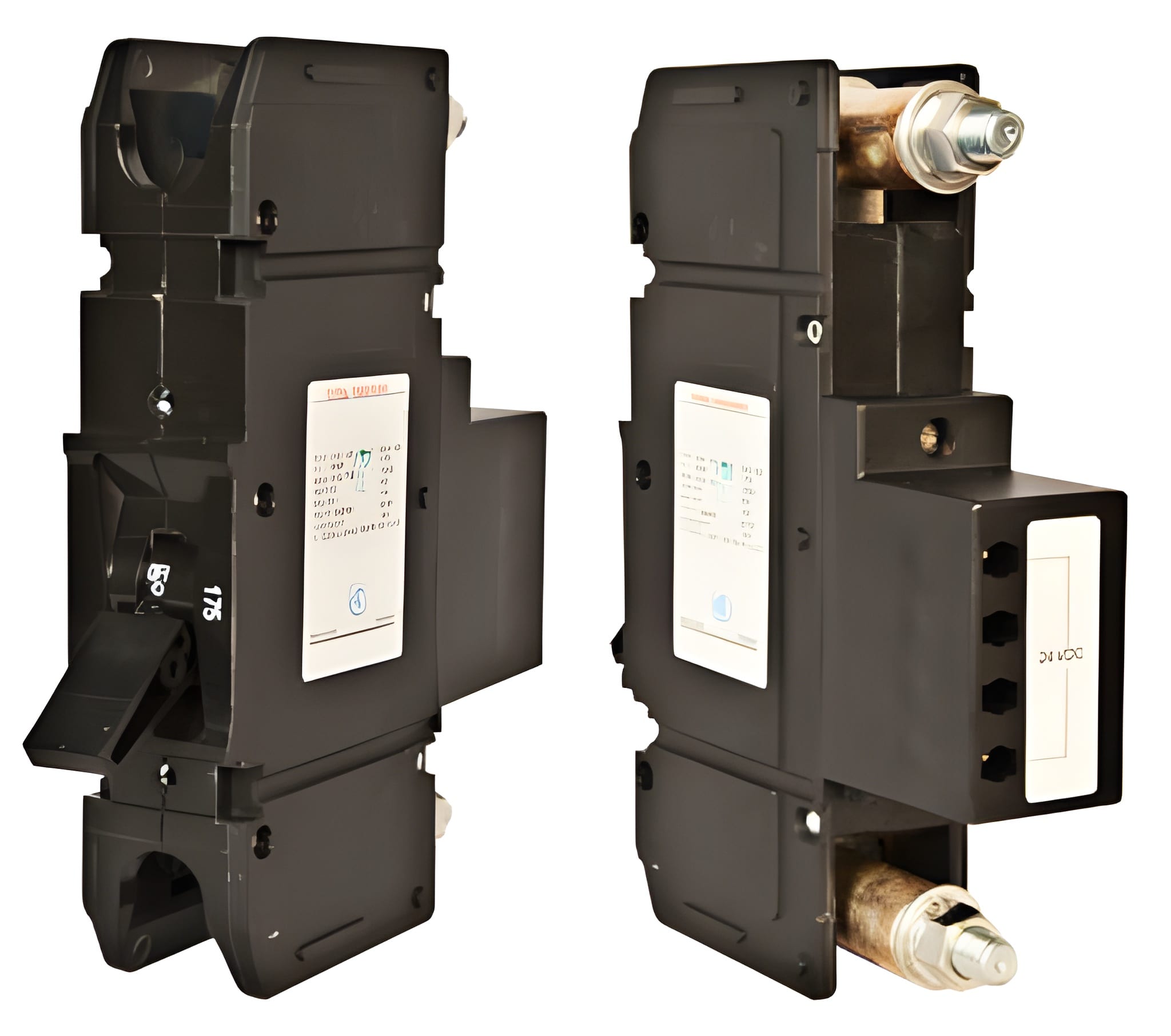
MIDNITE DC BATTERY BREAKERS – PANEL MOUNT
MNEDC 175A to 250A Breakers for battery bank protection
Solar DC Breaker Installation Guide
Everything you need to know about installing and maintaining DC breakers
Determine Your System Requirements
Calculate your system voltage and current to select the appropriately rated DC breaker. Consider both normal operating conditions and potential fault currents.
Choose the Right Breaker Type
Select between string breakers (for PV strings), battery breakers (for battery banks), or combiner boxes (for multiple strings) based on your system configuration.
Proper Mounting
Mount DIN rail breakers on standard 35mm DIN rail, and panel mount breakers using the provided hardware. Ensure proper spacing for heat dissipation.
Correct Wiring
Use appropriately sized cables and ensure polarity is correct (especially for polarized breakers). Follow manufacturer torque specifications for terminal connections.
System Integration
Install breakers in accessible locations for maintenance. Clearly label all breakers and circuits for easy identification.
Testing & Maintenance
Test breaker operation after installation. Periodically check connections for tightness and signs of overheating.
Trusted DC Breaker Brands

